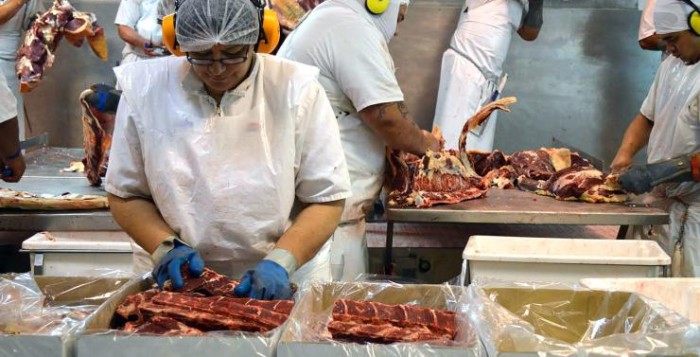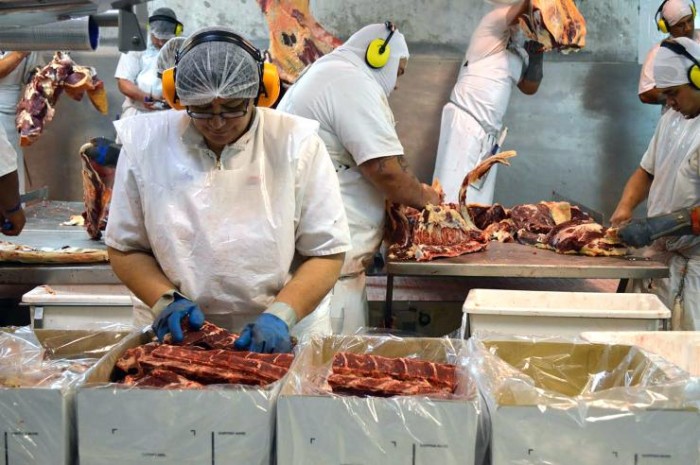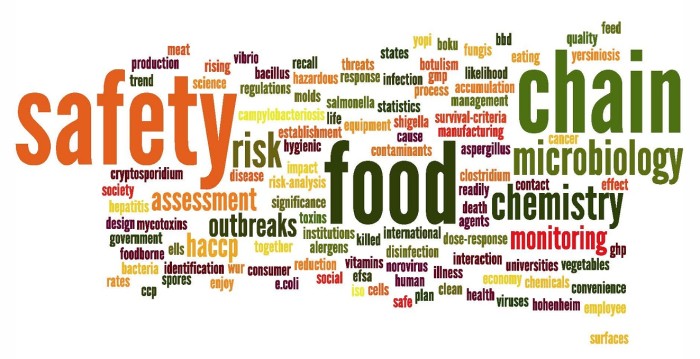World Health Day is marked every year on April 7, but this year’s theme of food safety is particularly relevant at the moment. Given a recent outbreak of antibiotic resistant shigella along with ongoing debates over obesity, nutrition and other matters of food and health, it seems more important than ever for people to watch what and how they eat. In celebration of World Health Day, here are five tips that can help you adopt a healthier, safer diet.
Eat less red meat. Dietary guidelines from the U.S. Department of Agriculture call for a diet high in veggies, fruits, whole grains, low-fat dairy and nuts, and low in red and processed meat. The potential benefits include weight loss and lower stress, and eating less meat also reduces your risk of ingesting harmful bacteria that could be in the meat.
Eliminate junk and fast food from your diet. Does your snack come in a crinkly bag or wrapped in plastic you have to rip apart? Are numerous unpronounceable ingredients listed on the back? If so, it would be best not to eat it. Instead, aim to eat nutritious meals based on the dietary guidelines mentioned above. Instead of a bag of potato ships, snack on raw almonds or eat an apple. Instead of buying fast food for dinner, learn to prepare simple healthy meals. It’s not as expensive or time-consuming as you might think.
Cook your food thoroughly. Fully cooking meat, eggs and seafood kills bacteria and helps eliminate the risk of catching food-borne illnesses, like salmonella or shigella, that are not only unpleasant but can also be downright dangerous — even life-threatening — if they become complicated.
Wash your fruit and vegetables. They could be contaminated with harmful bacteria from the water or soil in which the produce was grown. Contamination can also occur during storage, as the Food and Drug Administration points out. Rinse fruits or scrub them well under running water. Even if you peel your vegetables and fruits, you should wash them beforehand — the more careful you are, the fewer your chances are of getting food poisoning.
Along with maintaining a healthy diet, exercise regularly. The Mayo Clinic recommends getting 30 minutes of exercise every day. Aside from helping you sleep, improving your energy levels and making you feel happier and better overall, exercise will also improve your health by lowering your chance of developing chronic problems like diabetes or high blood pressure.




